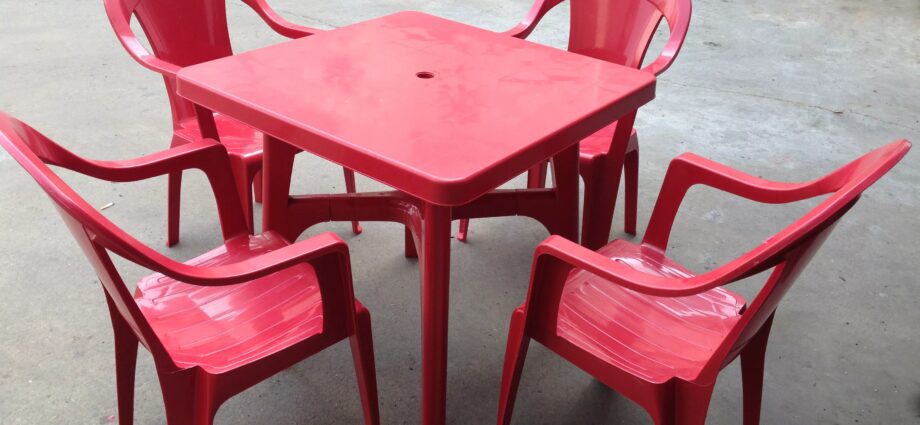Is plastic cheap, suitable only for a kindergarten, a summer residence and a not-too-thriving cafe? There was a time when many thought so, now these views are hopelessly outdated.
Plastic furniture
It is enough to look at the exposition of any prestigious furniture salon or flip through an interior magazine to understand: plastic is more relevant than ever. Of course, plastic furniture was not invented today – the first attempts date back to the 50s of the last century, when Charles and Ray Eames began to make armchairs with seats from a new material. The all-plastic chair was first created by Joe Colombo in 1965.
A couple of years later, Werner Panton came up with a chair from a single piece of molded plastic, which proved that this material can radically change the very idea of furniture. After that, plastic quickly became fashionable – versatile, lightweight, bright, practical, capable of taking any shape, it perfectly matched the aesthetics of the 60s and 70s. The next wave of infatuation began in the 1990s, when Gaetano Pesce, Ross Lovegrove, Karim Rashid, Ron Arad and especially Philippe Starck began working with plastic, as it was best suited to his mission of promoting “good design to the masses!” Thanks to high-quality design, plastic furniture, especially colored or transparent, has gradually won its place in the sun and in the holy of holies – living rooms.
The advantage of designer furniture made of plastic is that it is not necessary to buy it as a “set”: sometimes even one item can perfectly defuse the atmosphere in the interior, add color, style or a little irony to it. This almost universal material has only one serious drawback – fragility. Chemists are stubbornly fighting it: new plastics, for example polycarbonate, last much longer than their cheaper “brothers”. Therefore, when buying furniture, be sure to check the material – the guarantee for high-quality plastic is 5-7 years.










